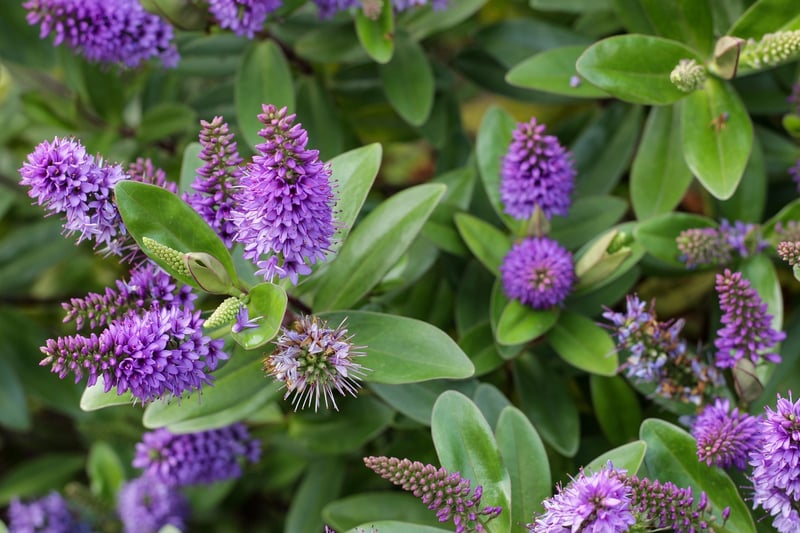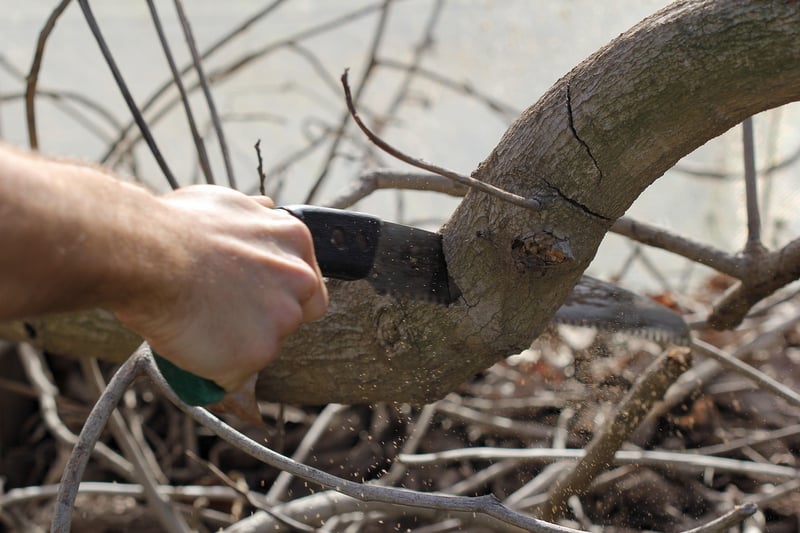Pruning Techniques
Essential Care for Healthy Plants + Pruning Techniques
Introduction
Keeping your plants healthy and thriving requires a combination of proper care and maintenance techniques. In addition to regular watering and adequate sunlight, pruning plays a crucial role in promoting growth and ensuring the overall health of your plants.
Essential Care Tips for Healthy Plants
- Provide adequate sunlight: Most plants require a certain amount of sunlight to thrive. Make sure to place your plants in locations where they can receive the appropriate amount of sunlight based on their specific needs.
- Water consistently: Overwatering and underwatering can both be detrimental to plant health. Be sure to water your plants consistently, taking into account factors such as the plant type, season, and soil moisture.
- Monitor humidity levels: Some plants thrive in high humidity, while others prefer drier conditions. Monitor the humidity levels in your home and adjust them accordingly to meet the needs of your plants.
- Fertilize regularly: Providing your plants with the necessary nutrients through fertilization can help promote growth and overall health. Be sure to use a fertilizer suited to your plant's specific requirements.
- Inspect for pests and diseases: Regularly inspect your plants for any signs of pests or diseases. Early detection can help prevent the spread of infestations and ensure the health of your plants.
Pruning Techniques
Pruning is a vital practice that helps maintain the shape, size, and health of your plants. It involves the selective removal of certain parts of a plant, such as branches, leaves, or buds. Here are some essential pruning techniques to keep in mind:
- Remove dead or damaged branches: Pruning dead or damaged branches helps improve the overall appearance of the plant and prevents the spread of disease.
- Encourage new growth: Pruning stimulates new growth by removing old or overgrown branches. This helps rejuvenate the plant and promote healthy development.
- Shape the plant: Pruning can help shape the plant according to your desired aesthetic preferences. By selectively removing certain branches, you can control the plant's growth pattern.
- Improve air circulation: Thinning out dense foliage through pruning can improve air circulation around the plant, reducing the risk of fungal diseases.
- Prune at the right time: It's essential to prune your plants at the right time to avoid stressing them. Research the specific pruning requirements of your plants to determine the best time for pruning.
Conclusion
By following essential care tips and mastering proper pruning techniques, you can ensure the health and vitality of your plants. Regular maintenance, including watering, fertilizing, and pruning, is key to promoting growth and maintaining the overall well-being of your plant collection.


